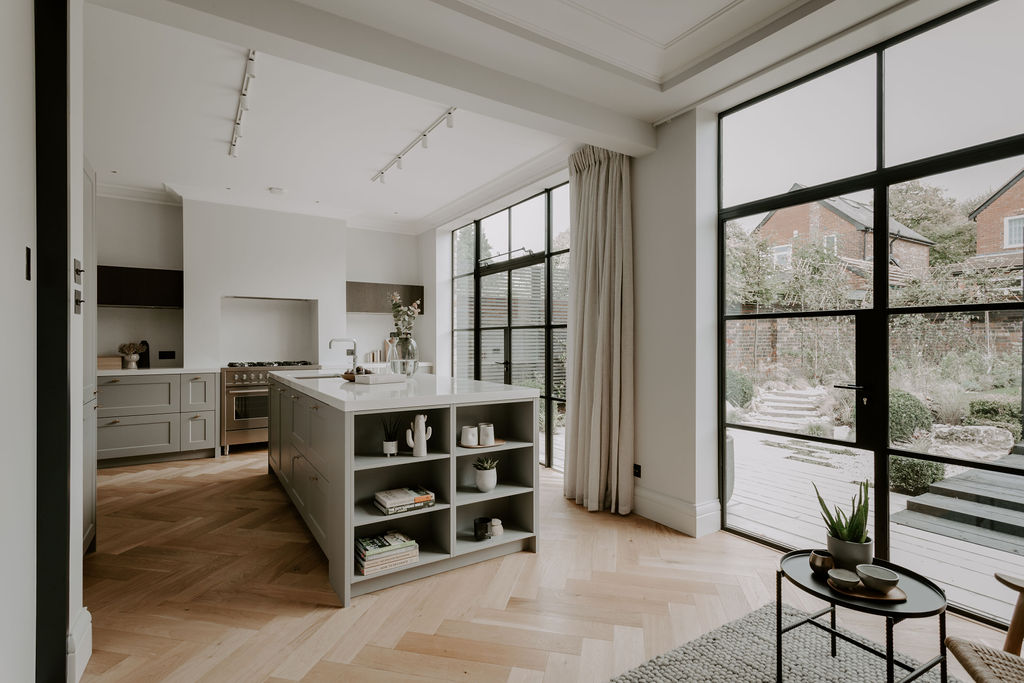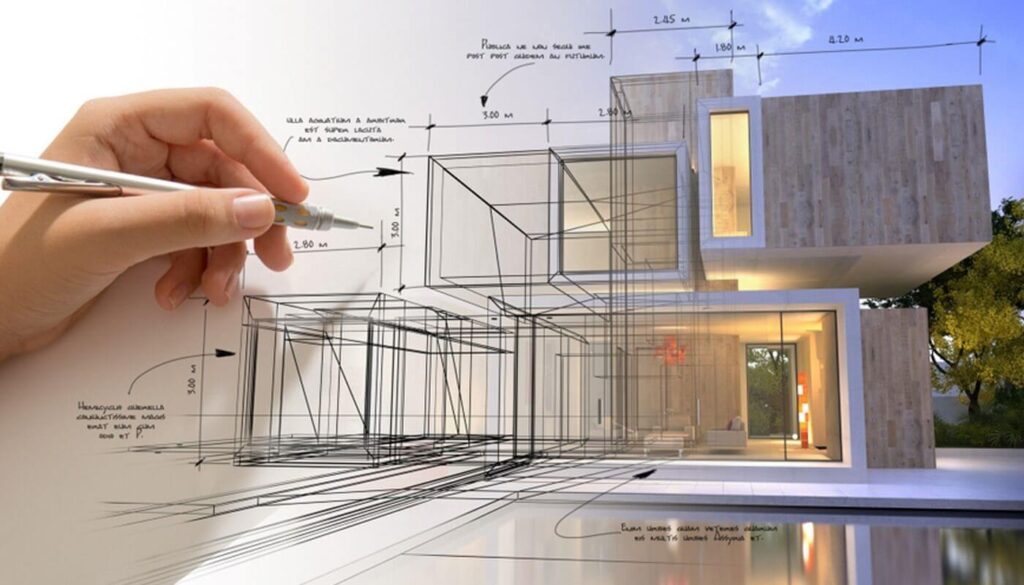The Art of Balance: How Interior Design and Home Designer Collaborate for Stunning Outcomes
In the world of home style, striking an equilibrium in between aesthetic appeals and functionality is no little task. This fragile equilibrium is achieved with the unified cooperation in between interior designers and designers, each bringing their special knowledge to the table. The result? Areas that are not just visually spectacular however likewise exceptionally comfortable. However, this perfect blend is not always simple to obtain. Remain with us as we explore the intricacies of this collaborative process and its transformative influence on home layout.
Understanding the Core Differences In Between Interior Decoration and Home Architecture
While both Interior Design and home design play vital functions in creating cosmetically pleasing and practical spaces, they are naturally various self-controls. Home architecture largely concentrates on the structural facets of the home, such as developing codes, safety laws, and the physical building and construction of the space. It takes care of the 'bones' of the framework, dealing with spatial dimensions, load-bearing walls, and roof covering styles. On the other hand, Interior Design is more worried with enhancing the sensory and aesthetic experience within that structure. It includes selecting and setting up furniture, selecting color pattern, and integrating attractive aspects. While they function in tandem, their functions, duties, and areas of proficiency diverge significantly in the development of an unified home environment.
The Harmony In Between Home Style and Interior Decoration
The harmony in between home architecture and Interior Design hinges on a shared vision of layout and the improvement of functional appearances. When these two fields align harmoniously, they can transform a living space from normal to phenomenal. This collaboration requires a deeper understanding of each self-control's principles and the ability to produce a natural, cosmetically pleasing setting.
Unifying Layout Vision
Linking the vision for home style and Interior Design can develop an unified space that is both useful and aesthetically pleasing. The balance starts with an integrated way of thinking; designers and interior designers collaborate, each bringing their experience. This unison of concepts develops the style vision, a blueprint that guides the project. This shared vision is essential for consistency throughout the home, ensuring a fluid transition from exterior style to indoor areas. It promotes a synergistic approach where architectural elements enhance Interior Design elements and vice versa. The result is a natural space that shows the house owner's preference, lifestyle, and personality. Thus, unifying the layout vision is important in mixing architecture and Interior Design for stunning outcomes.
Enhancing Practical Appearances
Exactly how does the synergy between home style and Interior Design improve functional looks? This synergy allows the creation of areas that are not just visually attractive yet also conveniently useful. Architects prepared with their architectural design, making sure that the room is practical and efficient. The interior designer after that enhances this with carefully selected aspects that boost the visual appeals without jeopardizing the capability. This unified collaboration can lead to homes that are both livable and beautiful. An architect might develop a home with huge home windows and high ceilings. The indoor developer can after that emphasize these functions with large drapes and high plants, specifically, therefore improving the visual charm while preserving the functional benefits of natural light and spaciousness.
Value of Cooperation in Creating Balanced Spaces
The cooperation between indoor developers and engineers is essential in producing balanced areas. It brings harmony in between style and style, bring to life areas that are not just visually pleasing yet likewise functional. Checking out effective collective strategies can supply insights right into just how this synergy can be effectively accomplished.
Integrating Design and Design
Balance, a crucial aspect of both Interior Design and architecture, can only absolutely be achieved when these 2 fields operate in consistency. This harmony is not simply a visual consideration; it impacts the capability, sturdiness, and inevitably, the livability of a space. Interior architects and designers have to recognize each other's functions, value their competence, and connect effectively. They should take into consideration the interaction of architectural components with decoration, the circulation of rooms, and the impact of light and color. This collective procedure results in a cohesive, balanced style where every aspect has an objective and adds to the overall aesthetic. Balancing style and design is not just about creating gorgeous spaces, but about crafting spaces that function flawlessly for their occupants.
Effective Collaborative Approaches

Situation Studies: Effective Assimilation of Layout and Design
Taking a look at numerous case research studies, it becomes noticeable how the successful combination of indoor layout and architecture can transform an area. Engineer Philip Johnson and interior designer Mies van der Rohe worked together to develop an unified equilibrium between the structure and the interior, resulting in a seamless circulation from the outside landscape to the internal living quarters. These case studies underline the profound effect of a successful style and design cooperation.

Overcoming Difficulties in Design and Style Cooperation
Despite the undeniable benefits of a successful partnership between interior style and design, it is not without its obstacles. Engineers might focus on structural integrity and safety, while designers focus on comfort and design. Reliable interaction, common understanding, and concession are critical to overcome these challenges and achieve a effective and unified cooperation.

Future Trends: The Advancing Connection In Between Home Architects and Interior Designers
As the world of home style proceeds to develop, so does the partnership between designers and indoor designers. The fad leans towards a much more incorporated and collaborative approach, breaking without standard functions. Engineers are no more only concentrated on architectural honesty, but also take part in boosting visual appeal - Winchester architect. Alternatively, interior designers are accepting technological facets, influencing overall design and capability. This advancing symbiosis is driven by improvements in modern technology and the expanding demand for spaces that are not only visually pleasing however likewise sensible and lasting. The future promises a more cohesive, innovative, and adaptive method to home style, as designers and designers remain to blur the lines, promoting a connection that genuinely symbolizes the art of equilibrium.
Verdict
The art of equilibrium in home design is accomplished through the harmonious cooperation between indoor view it now designers and engineers. In spite of challenges, this collaboration cultivates growth and technology in design.
While both indoor design and home design play important duties in producing cosmetically pleasing and functional rooms, they are naturally different self-controls.The harmony between home design and indoor design lies in a common vision of layout and the enhancement of practical appearances.Unifying the vision for home style and interior style can develop visit this website a harmonious living space that is both practical and cosmetically pleasing. Thus, unifying the design vision is vital in mixing architecture and interior layout for stunning results.
How does the synergy between home design and indoor layout enhance functional looks? (Winchester architect)
Comments on “Explore the Expertise of Hampshire Architects for Unique Residential Projects”